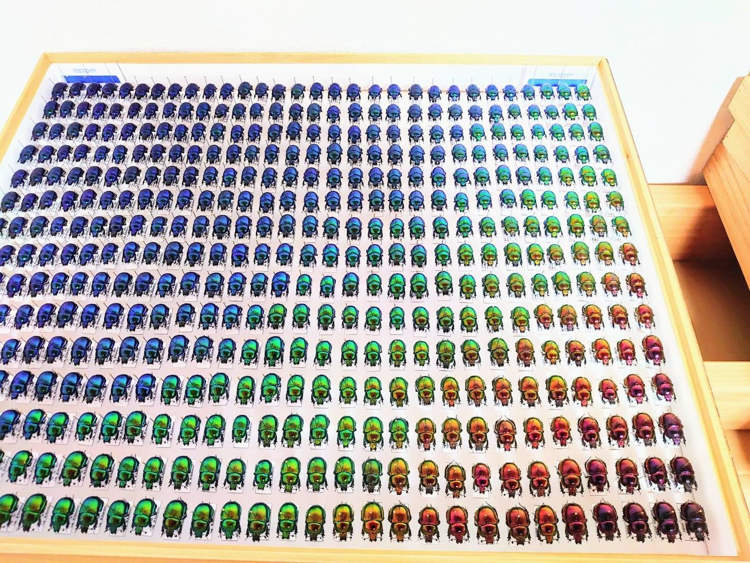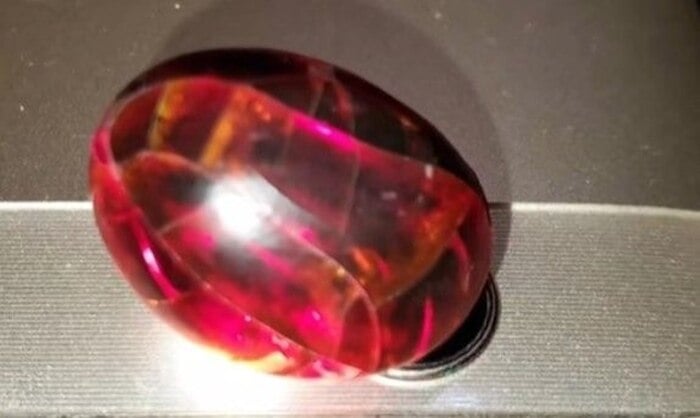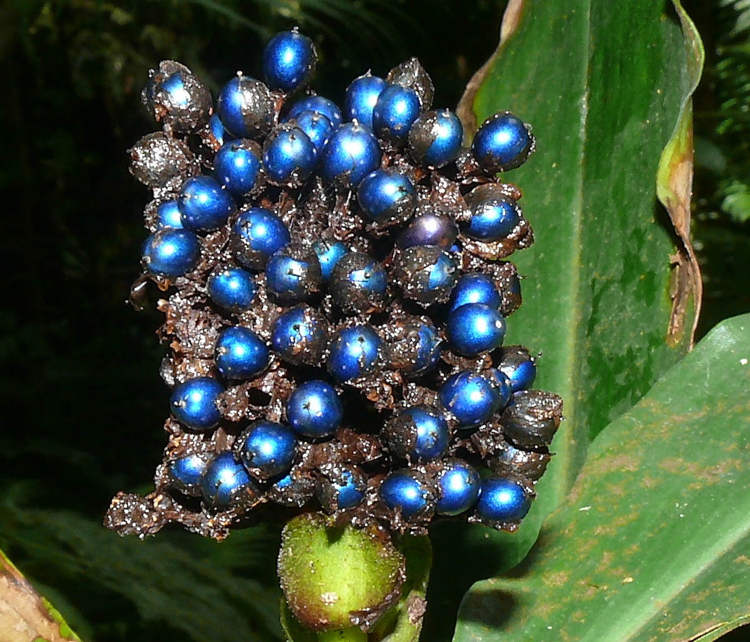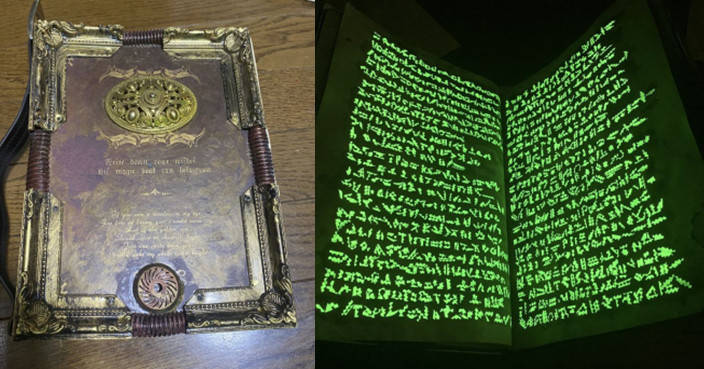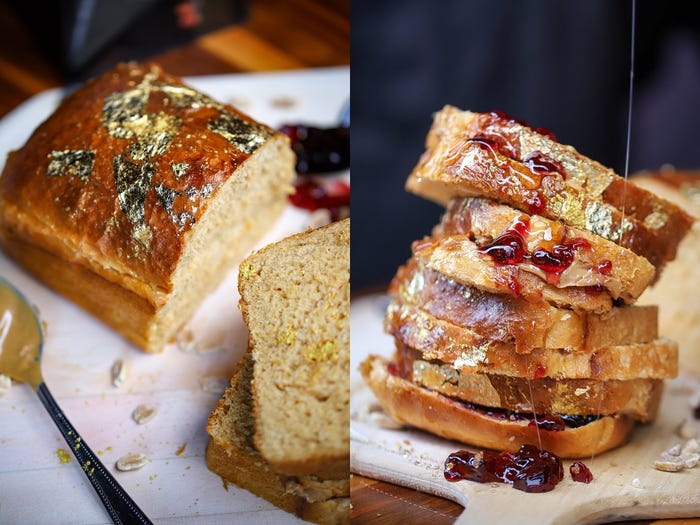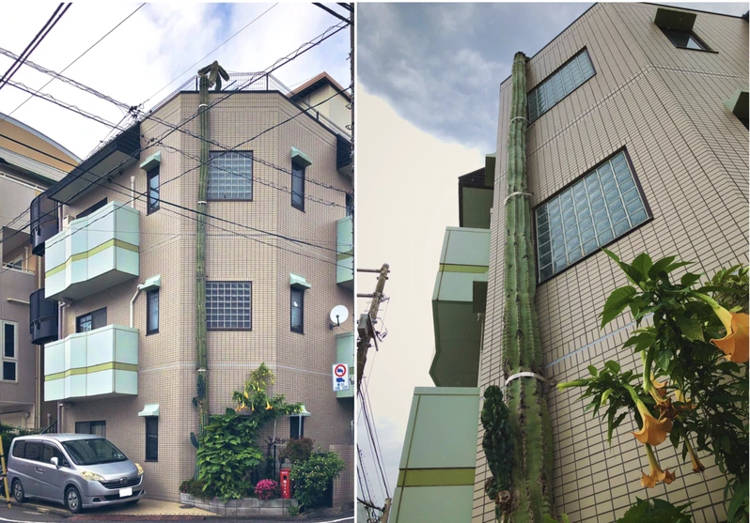Put mathematics and broccoli together and you have the two most hated things of my childhood. And that’s exactly what the Romanesco Broccoli is all about. But now that I’m an adult, I find that I’m actually able to appreciate the intricacy of this rare vegetable. The broccoli takes the form of a fractal – a complex geometrical shape that looks almost the same at every scale factor. So each broccoli is made up of smaller florets that mimic the fractal shape to perfection, which in turn are made of even smaller florets of similar shape… and this goes on and on to the tiniest florets.
If you break off a floret from the main head, it looks like a mini-version of the broccoli with its own mini florets. No matter which part of the fractal you zoom into, it will look like an identical version of the bigger picture. It’s fascinating to think that something like this naturally occurs in nature, let alone on a vegetable. A detailed pattern that goes on repeating itself is rare and certainly a thing of beauty.
The Romanesco Broccoli is nothing short of a mathematical marvel, reminiscent of the Fibonacci series – a sequence of consecutive numbers that add up to the next number. Like: 0, 1, 1, 2, 3, 5, 8, 13, and so on. So how can a broccoli imitate a series of numbers? Simple. On closer inspection, the Romanesco is revealed to have a spiral starting from the center point. All the smaller florets are arranged around this spiral. In essence, this is the Fibonacci spiral – a series of arcs with radii that follow the Fibonacci sequence. If you count the number of spirals in each direction, they will always be consecutive Fibonacci numbers. A math lesson on a vegetable – isn’t that amazing?
Photo: Hahc21
Of course, a head of broccoli can’t go on forever, the fractal has to have a termination point. So math purists might call the broccoli an approximate fractal. Whatever it might be, its perfect geometrical structure makes the Romanesco so visually stunning, that it might actually pain you to boil it. But it tastes great – or so I’ve read. It can be eaten raw; it’s crunchier than cauliflower but not as bland. People who have eaten it describe its flavor as nutty. It goes well with a dip, or you could cook it just like you would cauliflower or regular broccoli.
Photo: Jacopo Werther
A typical head of Romanesco weighs about 300 to 600 grams. Belonging to the same family as cabbage, broccoli, Brussels sprouts, cauliflower and collard greens, it is a rich source of Vitamin C, folic acid, potassium and fiber. In fact, the French name for the vegetable is chou Romanesco, which means ‘Romanesco cabbage’. But for such an alien-looking vegetable, I think it should have a more interesting name. It really does look like broccoli from another planet.
Photo: Sputnik
If you want to study fractal vegetables in more detail but don’t have access to a Romanesco, do not despair. Even cauliflowers, sunflowers, pinecones and pineapples are self-similar examples of Fibonacci spirals. Fascinating stuff!
Photo: pdphoto
Photo: Jacopo Werther
Sources: Garden Betty, Fourmilab










